If you’re feeling a bit bored by your regular photographs, perhaps it’s time to embrace something entirely different – abstract photography.
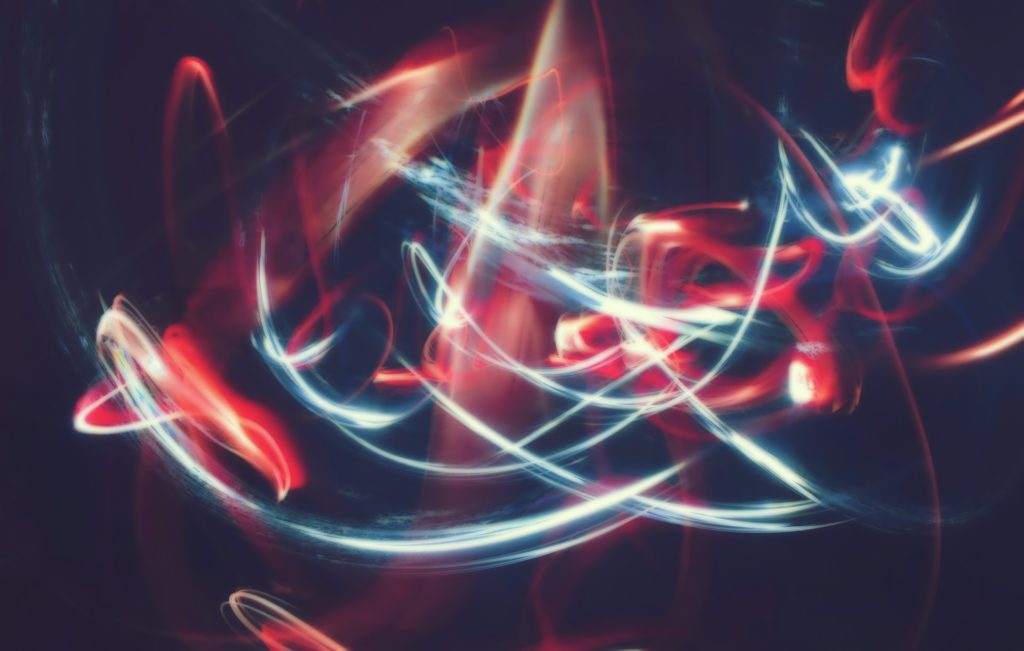
Abstract shots, just like abstract paintings, are images based on color, light, emotion, and a lack of concern for details and concepts.
Unlike popular genres like portrait or landscape photography, abstract photography can go against many rules and it can allow you to fully express your artistic nature without having to worry about various technical details.
The following 5 tips can help you understand better how to take interesting abstract shots with a certain artistic value.
1. Remove All References
If you’re shooting abstract photography, you have to make sure that everything comes down to various colors and shapes. In this sense, a macro lens can be really helpful. On the other hand, wide-angle shots, even with ample blur, do not allow colors or emotions to be the main protagonists in the image, so it’s better to avoid them.
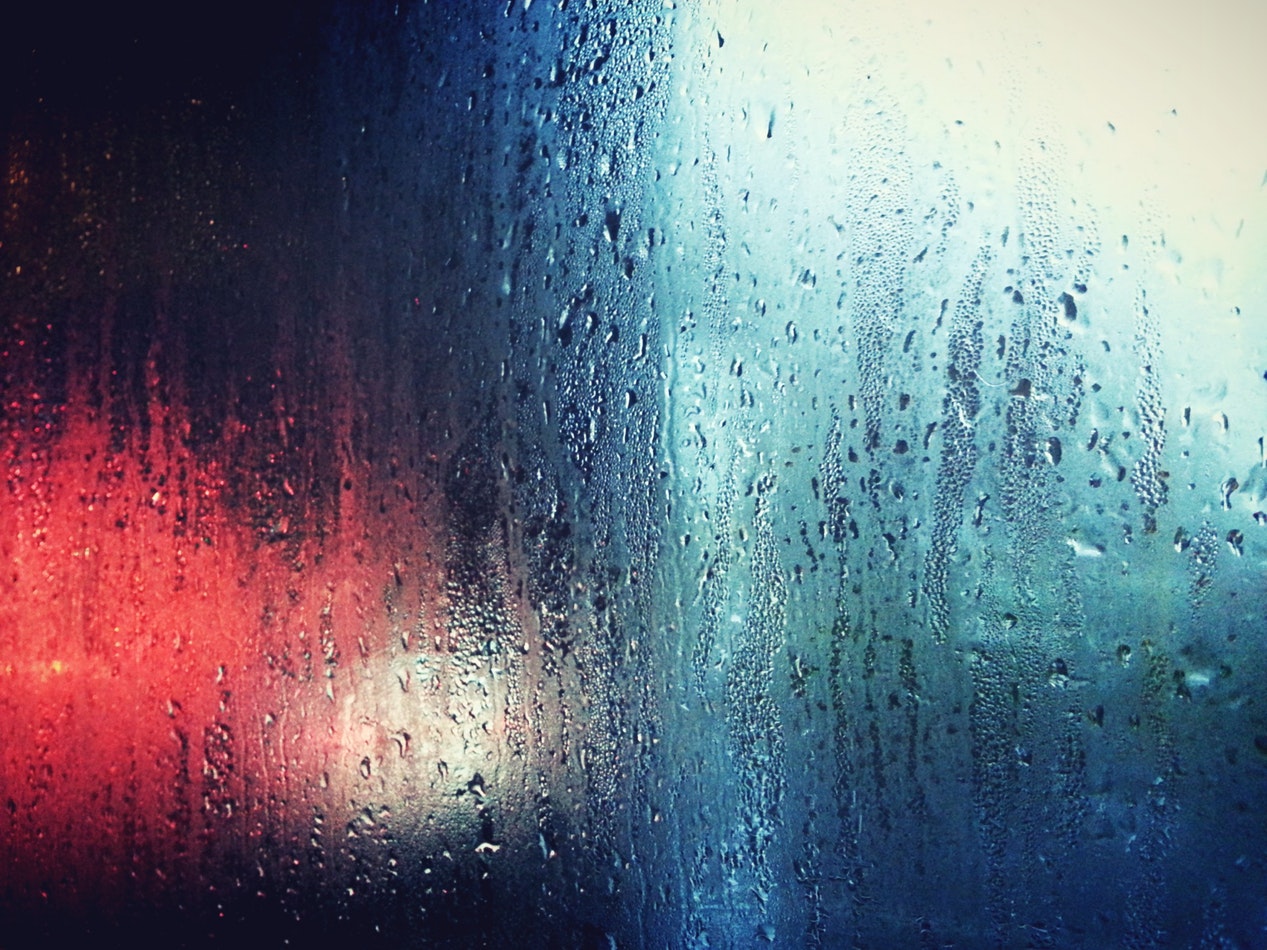
2. Shoot Through Objects
Shooting through various semi-transparent objects can add an interesting twist to abstract images. There are many ways to do this – you can use a colored glass, glass blocks or smear gels and liquids on a clear sheet of glass and shoot through them.
This kind of ’’homemade filter” can help you make unique abstract images with a color tinge. It’s also important to mention that shooting through translucent glass or water can result in distortions and light diffractions which will enhance the abstract nature of your images.
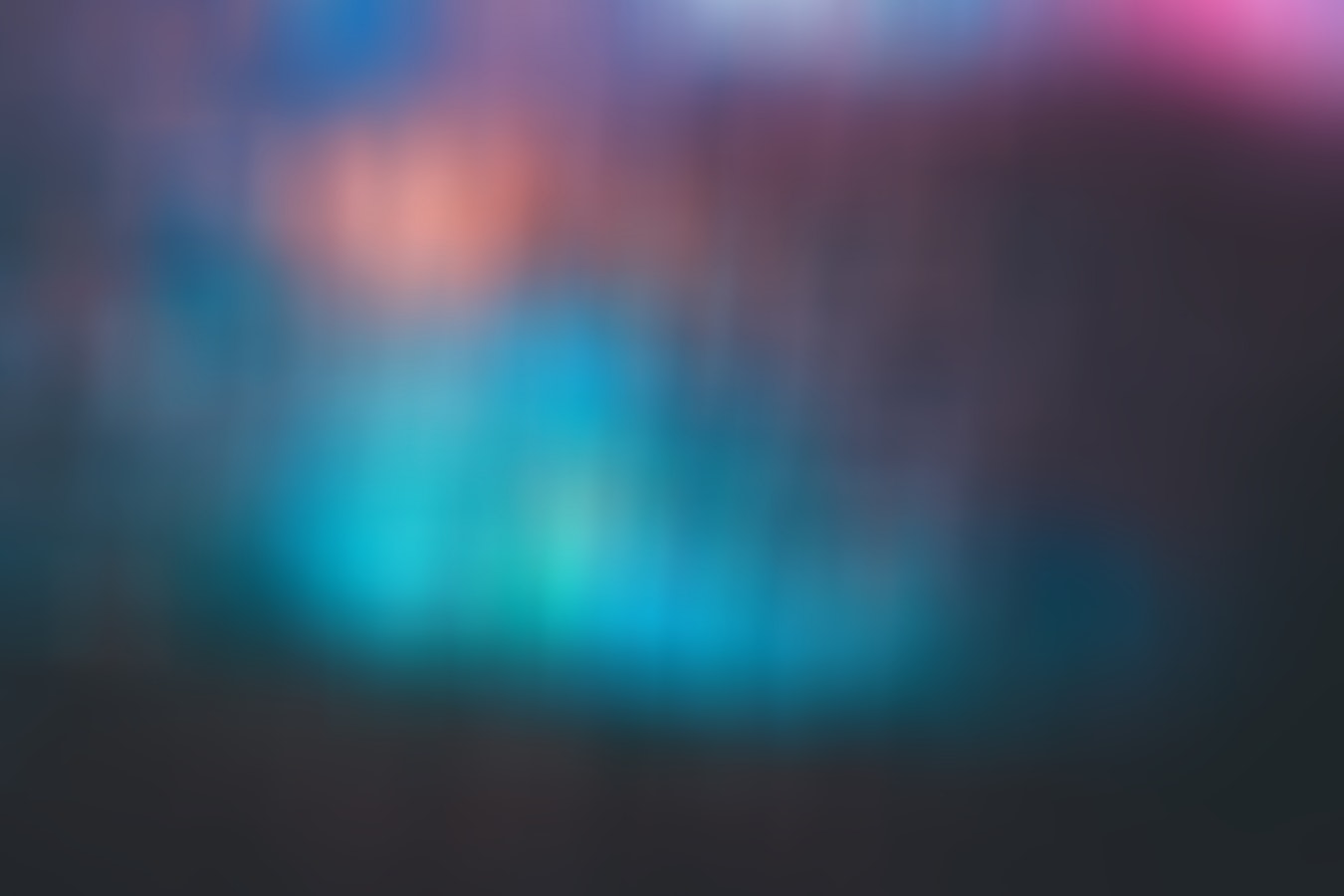
3. Move The Camera
In abstract photography, you can move your camera freely, without having to worry about staying super steady. For instance, you can start moving your camera at the moment of taking the shot – you will end up with an interesting mix of colors, lines, and patterns.
Such photographs will be similar to painting brushwork. You can experiment with moving the camera during daytime and nighttime – the results will look very different in terms of the overall atmosphere.
If you want to capture motion blur, you have to remember to use a slower shutter speed of 1/10th of a second or maybe slower, depending on the lighting conditions and your concept.
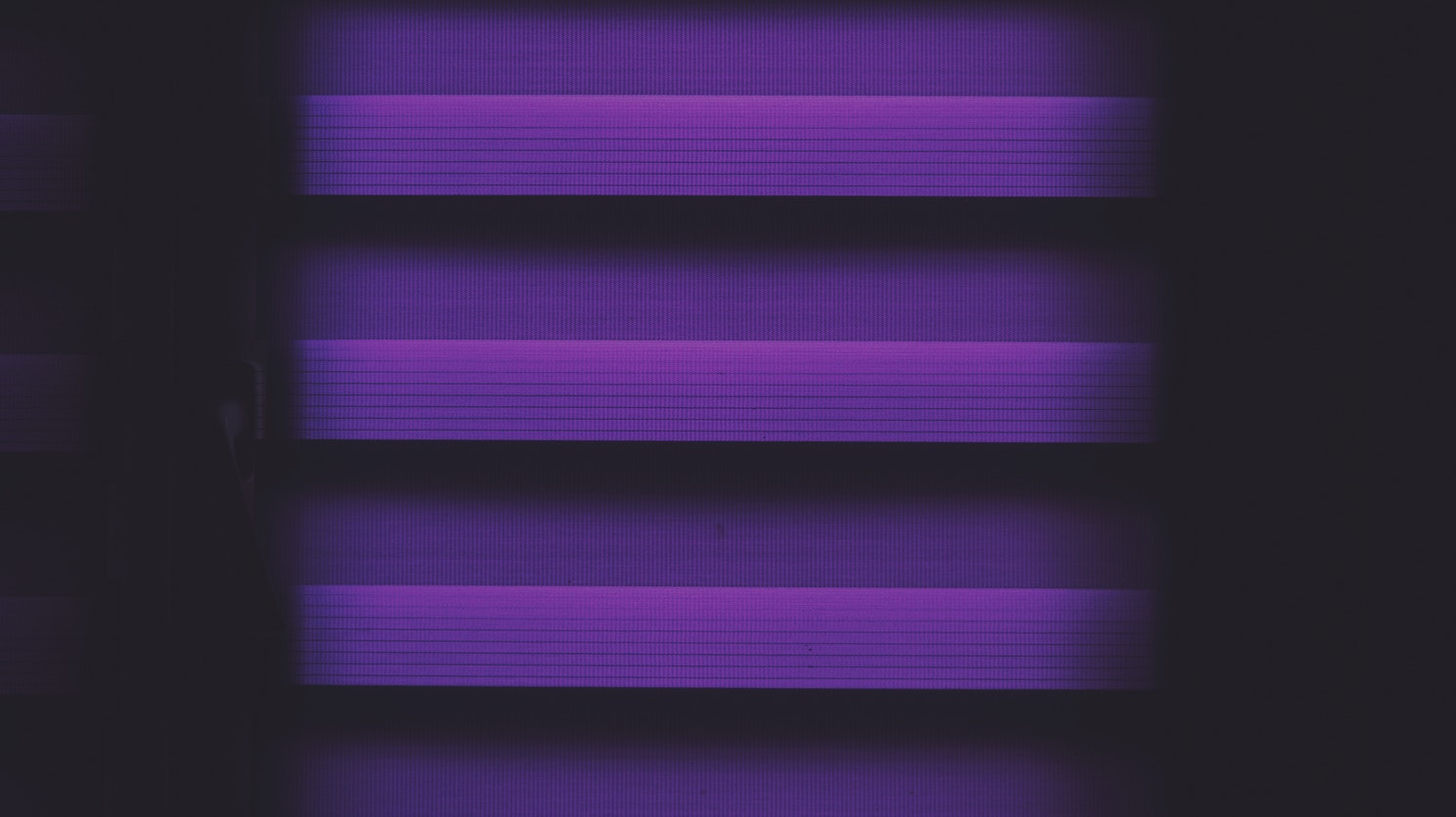
4. Use The Elements Of Design
The knowledge of basic elements of design can improve your abstract photography a lot. The composition of photographic elements—lines, shapes, forms, textures, patterns, and colors — will make your photos much more meaningful in a conceptual sense.
The same goes for applying the rules of design, such as scale, balance, emphasis and so on.
For instance, lines and curves are very useful because they lead the viewer’s eyes across the image towards the focal point. Patterns and textures are also important because they can be very interesting to look at.
When it comes to colors, they shouldn’t be ignored either – you can use them to highlight the point of interest or simply enhance the visual impact of your image.
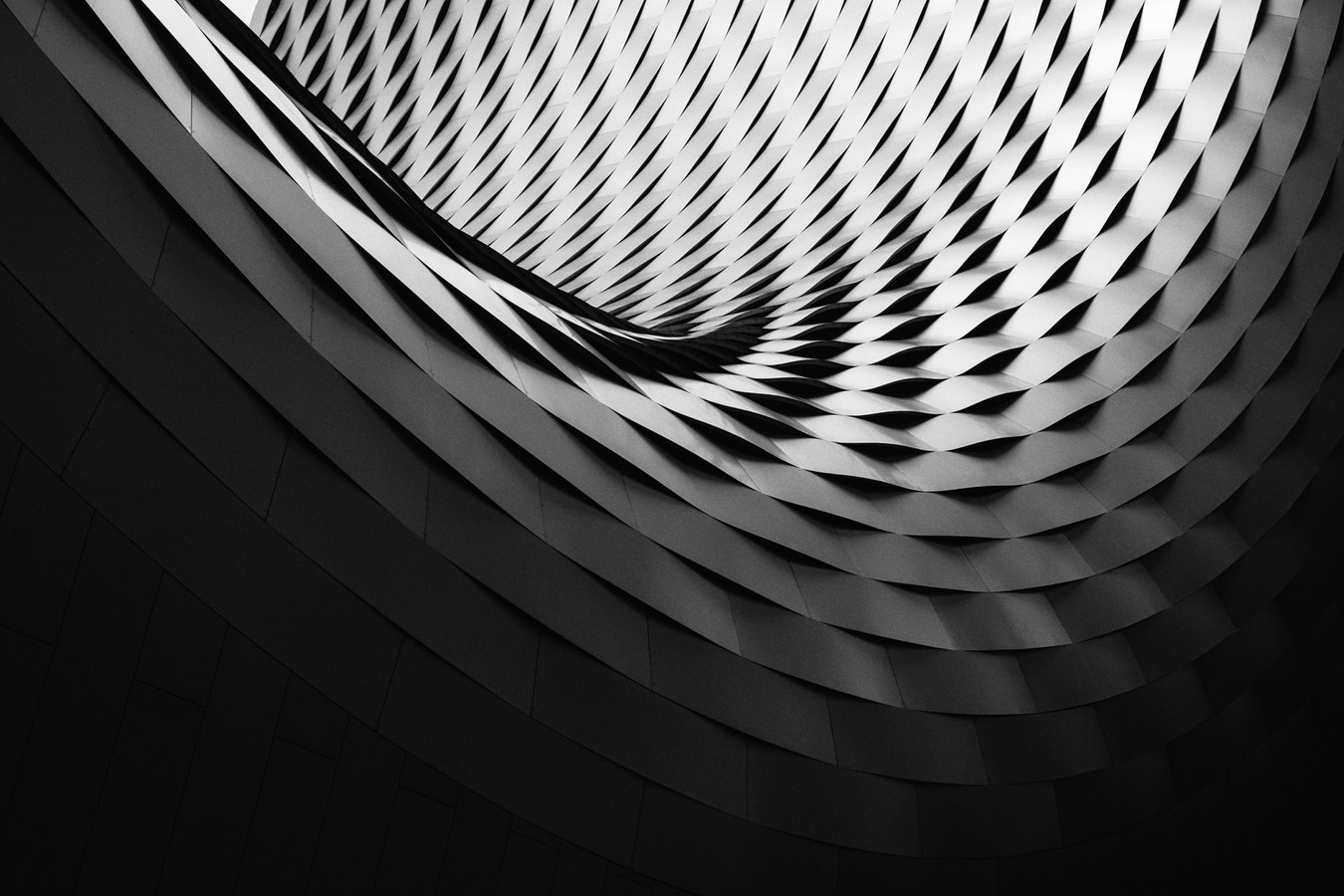
5. Customize The Lighting
Lighting can be one of the crucial elements of abstract photography because it has the power to turn a regular scene into something much more mysterious and abstract. The light sources you use should provide you with different effects that can yield unique images.
In the case where you’re using focused lighting, it will strongly emphasize the focal point of your photo. On the other hand, if you’re using more even and diffused lighting, it will lessen the drama. Yet, diffused lighting has its own benefits – it makes viewers look at different parts of the image instead of just one specific area.
In addition to these two options, you can also try backlighting and silhouetting, which will have powerful effects on abstract photography.
Actually, there are so many different ways to manipulate the lighting in abstract photography and the best approach would be to experiment freely without any need to stick to those traditional rules you would use in portrait or landscape photography.
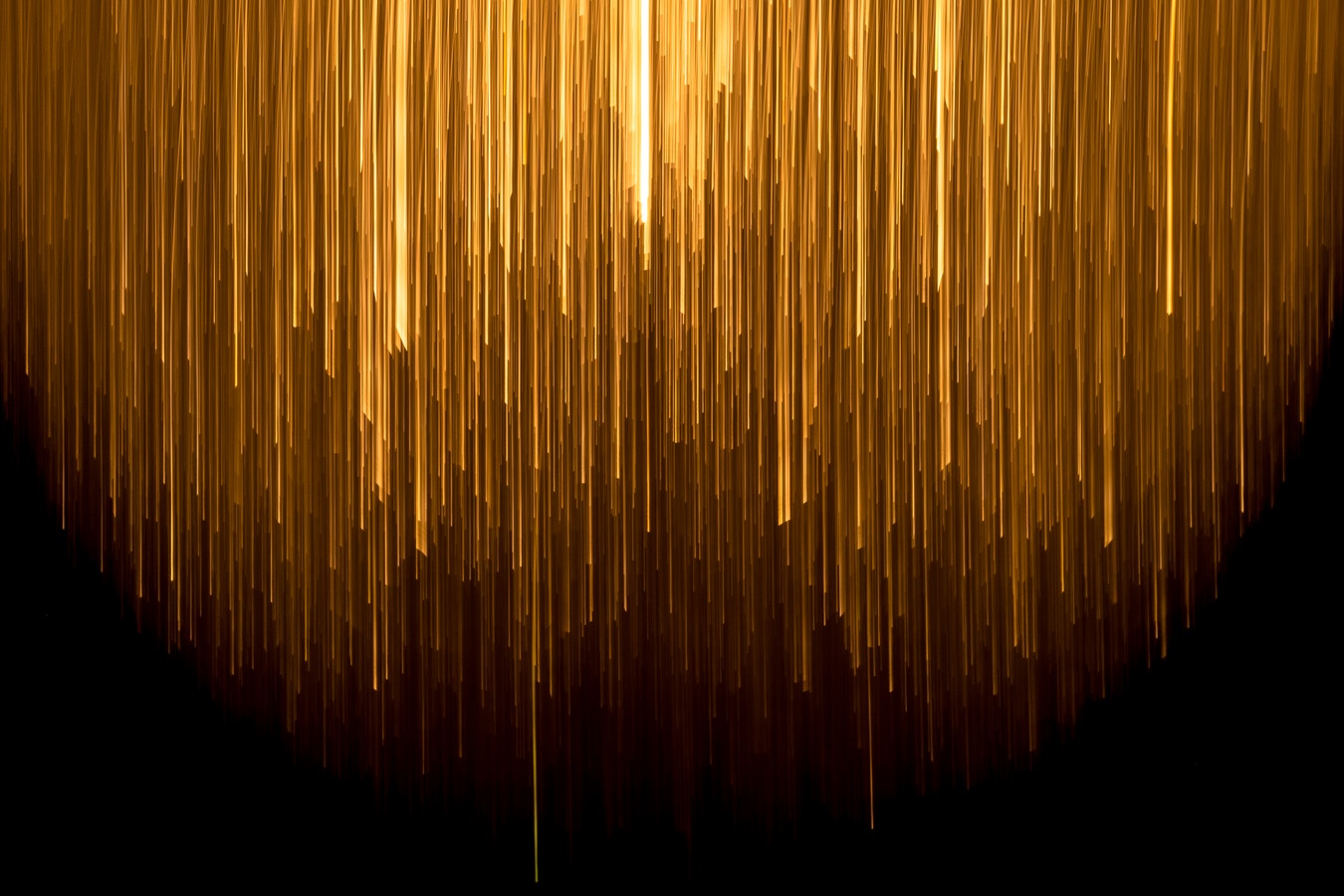
In order to produce really remarkable abstract photographs, you should combine the knowledge of the basic elements of design with your own aesthetic intuition. Rather than sticking to the usual rules of photography, you should allow yourself and your viewers to be surprised by the unique nature of your abstract shots.



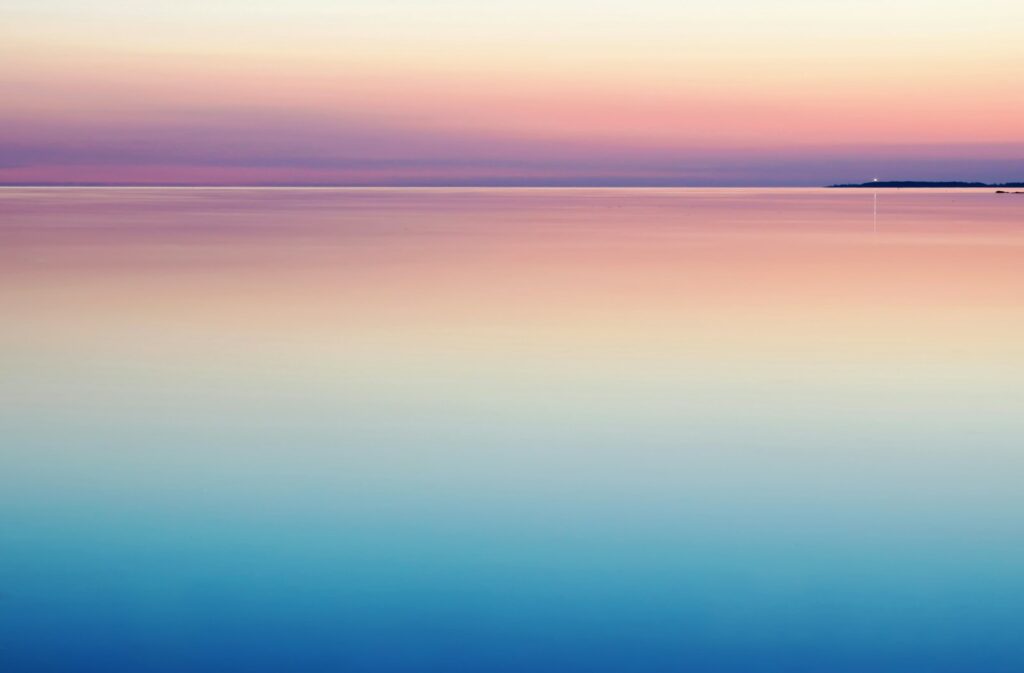
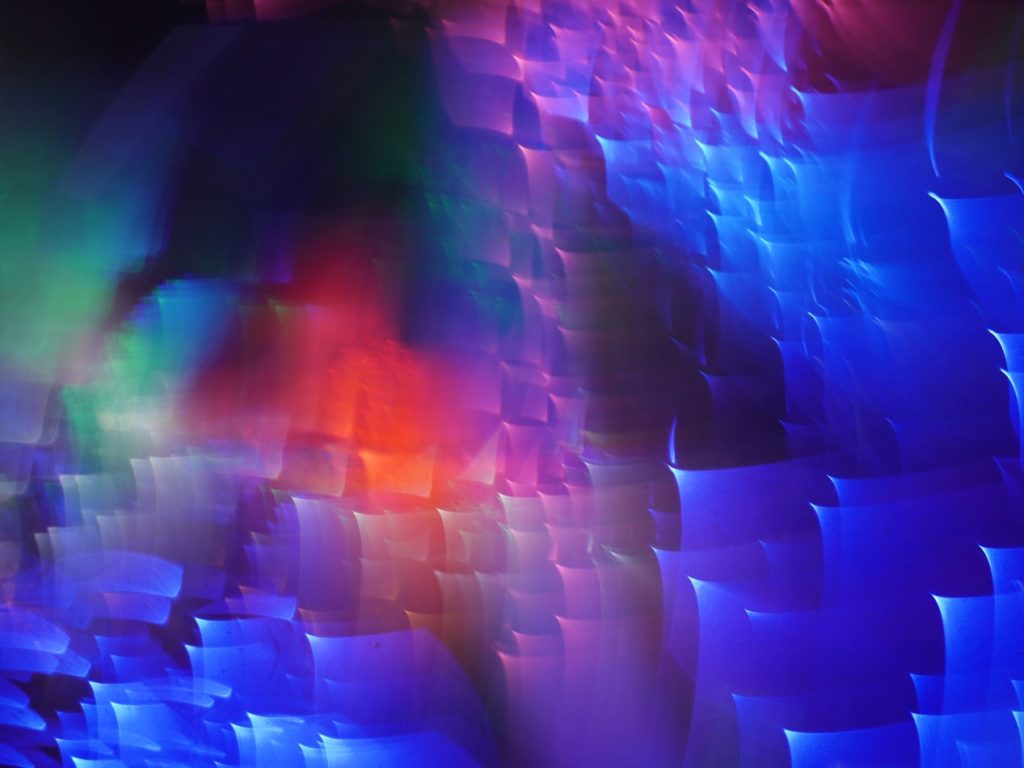
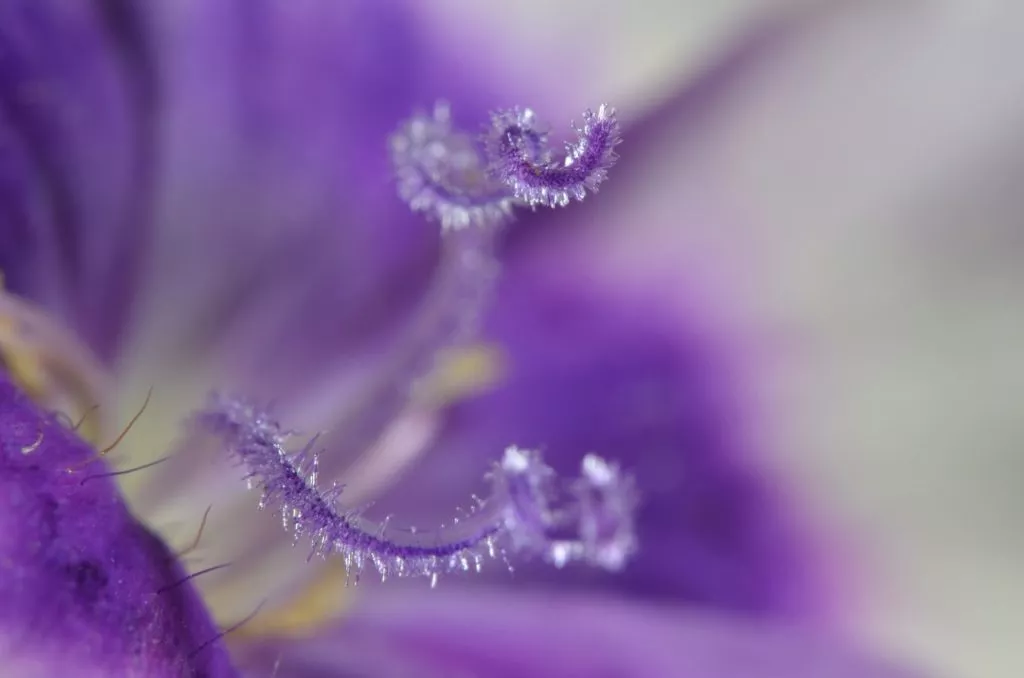
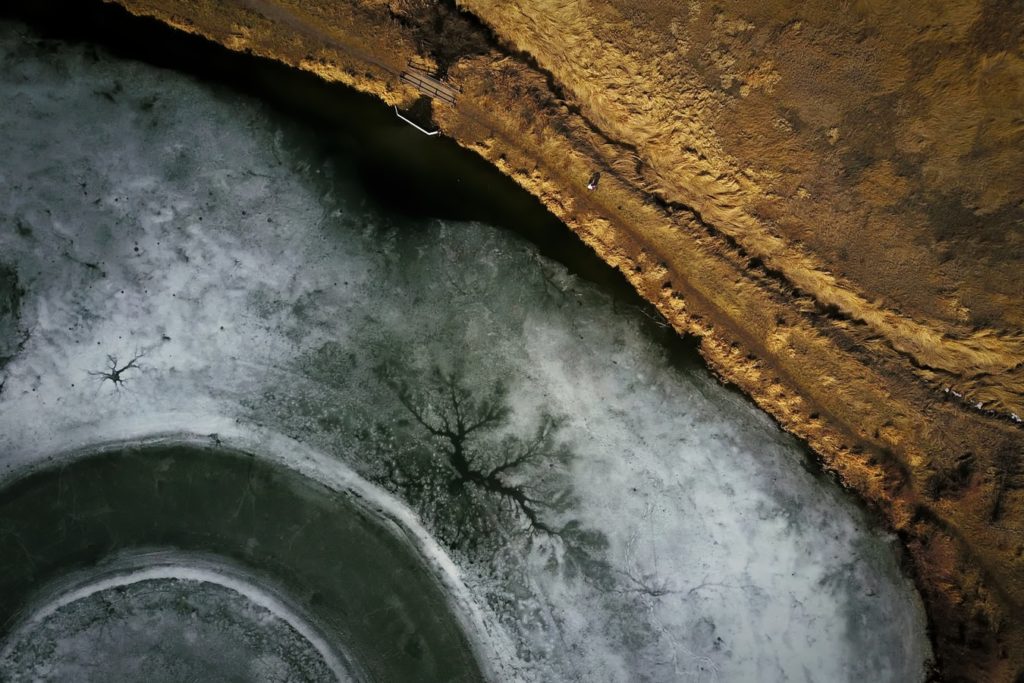
2 Comments
Great info and post for photographers! Thanks for sharing these helpful tips.
Thank you for your thoughtful suggestions on abstract photography. I’ve discovered anew passion and something to do with those old “failed shots” of
Xmas lights, street lamps, textures and patterns plus details. Some were accidents they’ll now be a bit more intentional and experimental.